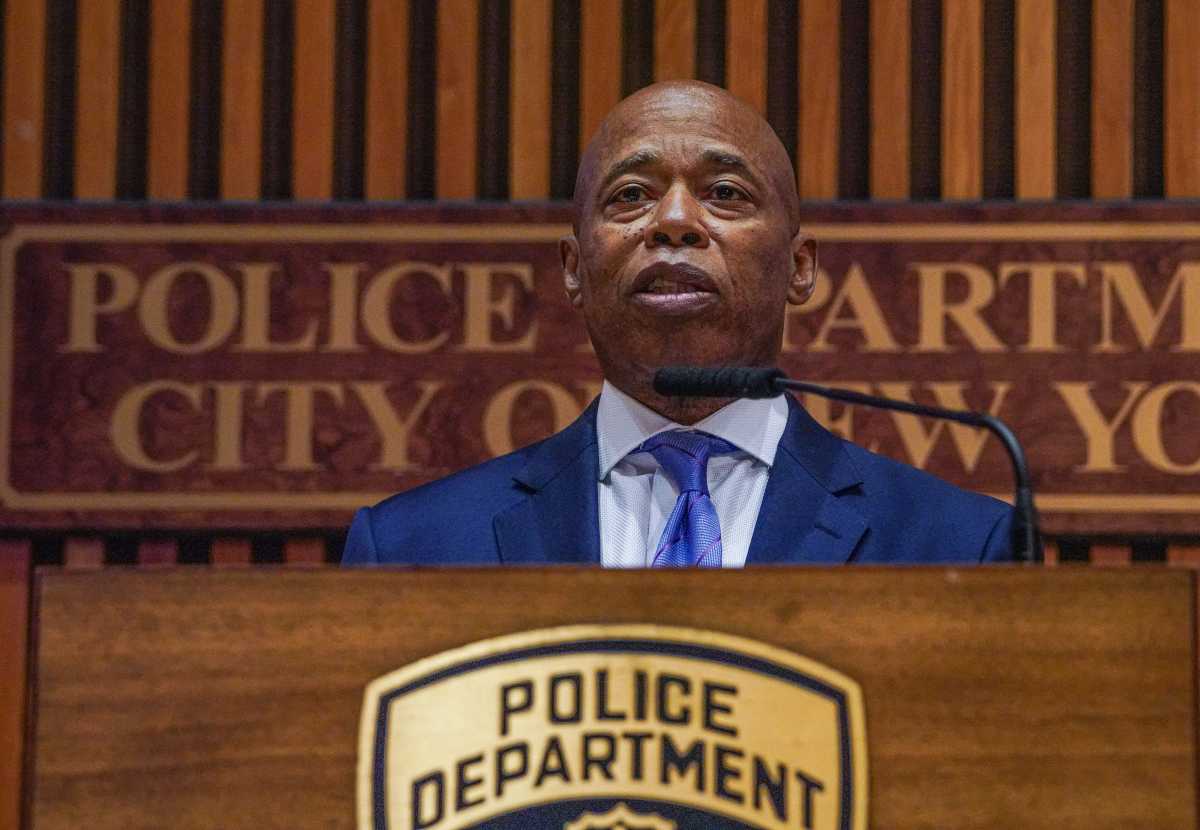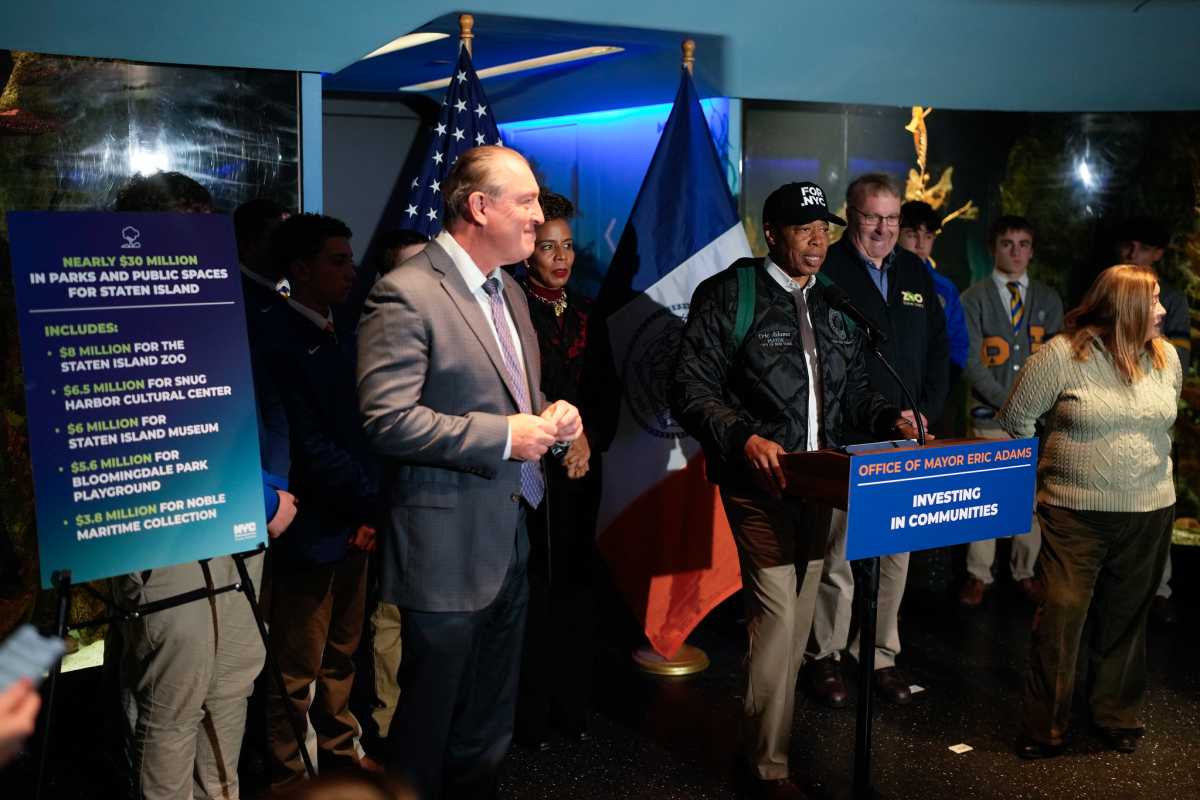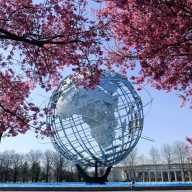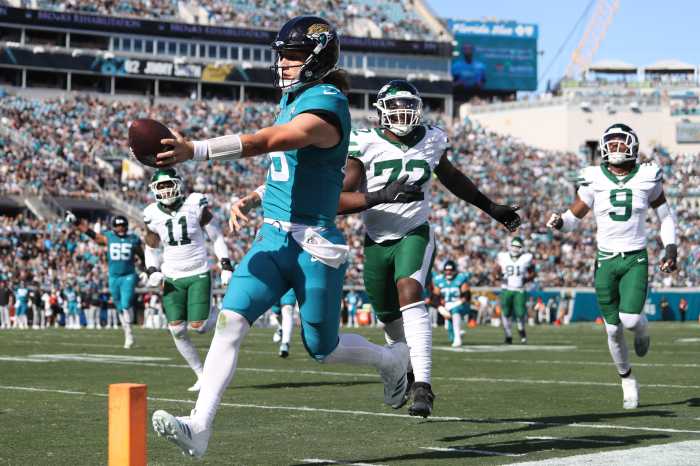By Lenore Skenazy
What if you could rent a place to store a giant pile of your stuff in New York City for free?
The bad news is you can. If you own a car, you can park it on the street in many neighborhoods without paying a cent. All you have to do is move it once or twice a week.
Of course, that seems totally normal — but maybe it shouldn’t. As Paul Steely White, executive director of the non-profit Transportation Alternatives points out, streets are actually public space. We think they’re a place for cars to drive and sit (mostly sit), because that is what we’ve gotten used to. His goal is to get us all to think differently.
To that end, his group sponsored a night at the Museum of the City of New York last week called “Streetopia.” Hundreds of people visited three floors of exhibits, all showcasing ways to reclaim the city from automobile dominance, like Barcelona’s “Superblocks.”
Choked by traffic, that Spanish city is creating small neighborhoods of about three square blocks and allowing cars to drive only around the perimeter. The chunk of blocks becomes a community — kids can play in the streets again, bicyclists don’t fear cars — while the amount of air and noise pollution plummets.
Another exhibit featured the winners of a contest for how to deal with transit on 14th Street when the L train goes out of service for a year. One idea: Get cars off the block and have buses run every minute.
But the starkest, most perspective-changing exhibit was simply time-lapse footage of a corner of E. 22nd Street where a CitiBike rack sits across from some on-street parking. Over the course of a single day you see people swarming the bike rack, taking bikes out, bringing them back. For a while, almost all the bikes are gone, then the rack fills up again, then off they go. And across the street, taking up twice as much space as the rack, are two cars, just sitting there, parked all day.
You start to realize how much space we have simply ceded to cars, and what a waste that is.
“Parking is a finite public resource,” says White. That space that we think of as parking could be used differently. It could be used to expand the sidewalk, or make a bike lane. It could be given over to buses. It could become space for businesses to open up cafes or kiosks — and pay taxes on the land. Or it could be planted with grass and turned into a playground. We think of it as “parking” only because we believe that cars have the right to it.
But in fact, the majority of New Yorkers don’t own cars. Why must we sacrifice public land to the minority, for free — especially since studies have shown that 90 percent of people who drive to their Manhattan jobs could get there by public transit?
“For too long the vast majority of New York City’s public space has been dedicated to the convenience of drivers and the storage of cars. The small spaces carved out for pedestrians — crosswalks, sidewalks — leave the public at the mercy of drivers,” says White.
I was talking to a car-owning friend about this, and he said that free parking is no different from free education. Some people don’t own cars, some people don’t have kids. Our taxes pay for schools and on-the-street parking anyway.
But streets are not like schools. Streets are public land that we are giving away. Would we let a private citizen build a house in Central Park? Of course not, because we recognize the park as something that belongs to all of us. It is time to think of our streets that way.
So then: How do we wrest them back from the car owners?
Some alternatives that have been tried elsewhere are working. London charges a giant premium to drive into its business district, and as a result, traffic (and parking) are down, but commerce is not.
Each summer, Paris turns some of its roadways into “beaches,” complete with sand and palm trees. Somehow the citroens survive.
Los Angeles raised its parking meter fees with the predictable result of cars parking for less time. That means cars are circling for less time, too.
Here in New York, one simple idea is to start charging for all street parking, and give the money to the MTA. Most of us would cheer.
“Streets can be designed for either cars or people, but not both at once,” White said.
It is time to stop giving away New York City’s precious public land.
Lenore Skenazy is founder of Free-Range Kids, a contributor to Reaso


































